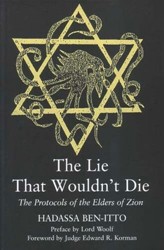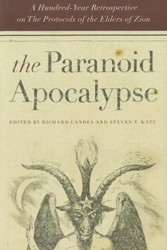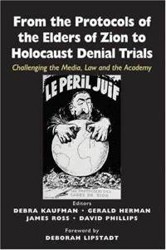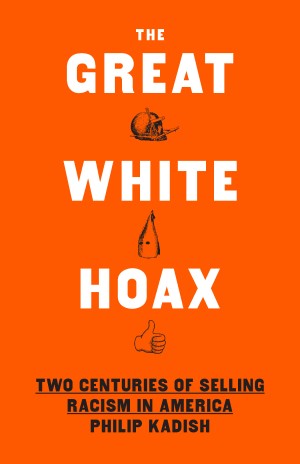By
– August 15, 2012
If you enter the terms “Jewish graphic novels” in the popular search engine Google, you are likely to find that Will Eisner’s name surfaces in almost every one of the approximately 176,000 results. Eisner is widely credited with defining the genre of graphic novels. His 1978 A Contract with God, four intertwined stories of life among the Jewish inhabitants of the tenements of New York City, broke ground by introducing a novellength work in comic book format. Other graphic novels quickly followed, most dealing with Jewish themes. In 2003, Doubleday published Eisner’s last fictional graphic novel, Fagin the Jew, a dark look at anti-Semitism in Dickens’ Oliver Twist from the point of view of the only Jew in the story.
The Plot, finished just before he died in January 2005, is Eisner’s first and last graphic nonfiction. In it, he traces the history of The Protocols of the Elders of Zion, an anti-Semitic text first distributed in Russia in 1905. The Protocols, forged from anti-government propaganda written in France, was passed off by the Russian secret police as a plan by the Jews to take over the world. Even though it was exposed as a fraudulent document in 1921, The Protocols were still used by Hitler and others as fodder for their anti-Semitic actions. Even today, this vitriolic document is still sold in bookstores around the world.
It is hard to criticize any work that flows from the pen of the enormously talented Eisner. He was a genius at depicting real people in real situations; the Jews in his graphic novels are portrayed warts and all, and his books are filled with large panels showing a great deal of action. The Plot, however, is not his best work. The topic does not lend itself to the graphic novel format, especially the long middle section in which the original and the forged documents are compared side-by-side. While other graphic novels have certainly taken on such weighty matters as the Holocaust (see especially Art Spiegelman’s Maus books or Joe Kubert’s Yossel), a history of The Protocols of the Elders of Zion does not translate well into a graphic presentation.
Wendy Wasman is the librarian & archivist at the Cleveland Museum of Natural History in Cleveland, Ohio.





